Even before completion of the world’s first inter-city railway between Liverpool and Manchester in 1830, promoters already had their eye on a much bigger prize.
The 112-mile London & Birmingham Railway, finally authorised in 1833 with share capital of £2,500,000, was the world’s biggest and most ambitious civil engineering scheme.
Even before completion of the world’s first inter-city railway between Liverpool and Manchester in 1830, promoters already had their eye on a much bigger prize.
The 112-mile London & Birmingham Railway, finally authorised in 1833 with share capital of £2,500,000, was the world’s biggest and most ambitious civil engineering scheme.
It captured the public imagination in a way that few other schemes could match.
But much like HS2 in the 21st century, it was also hugely controversial.
Contractors faced fierce - and sometimes violent - opposition from landowners and canal operators.
Engineer-in-Chief Robert Stephenson, leading his first major undertaking, also had to tackle formidable obstacles including the protracted and difficult digging of what was then the world’s longest tunnel at Kilsby, in Northamptonshire.
Managing this unprecedented scheme took a heavy toll on Stephenson’s physical and mental health.
But his legacy was an exceptionally well-graded trunk railway that remains the premier link between England’s two biggest cities and the core of the modern West Coast Main Line - connecting London with the West Midlands, the north-west of England, and Scotland.
It is now the busiest mixed-use railway in Europe, handling around 10% of British freight traffic every year and carrying millions of passengers on local, outer suburban and long-distance routes.
Long before the advent of the railways, the London-Birmingham corridor was the most important in England.
And the weight of traffic made it an early beneficiary of turnpike roads and canals - both of which were rendered obsolete by the speed and capacity of Stephenson’s railway.
Throughout the 19th and 20th centuries, the route evolved through expansion and amalgamation, becoming part of the London & North Western Railway (LNWR) in 1846, which styled itself with some justification as ‘The Premier Line’.
Both driving and driven by the economic powerhouses of Birmingham, Liverpool, Manchester and Glasgow, as well as providing vital links to Ireland, the LNWR claimed to be the world’s largest joint stock company by the 1890s.
It worked closely with the Caledonian Railway to deliver fast and luxurious trains that competed ferociously with East Coast companies for the lucrative Anglo-Scottish traffic.
In the decades that followed, the West Coast Main Line became the backbone of the London Midland & Scottish Railway (LMS) from 1923, and then part of British Railways after nationalisation in 1948.
By the 1950s, the nation was investing millions of pounds to modernise dilapidated post-war infrastructure. And it was no surprise that the West Coast Main Line between Euston, the West Midlands and the North West became the first of BR’s main lines to be modernised and electrified.
By the time it reaches its bicentenary in 2037, the former London & Birmingham Railway will have lost its primary role to High Speed 2 - although the shifting of the fastest inter-city traffic to HS2 will create more capacity for freight and regional trains, ensuring that ‘The Premier Line’ enters its third century as critical as ever to the country it serves.
Read more about the history of the railway spine of the nation and its crowded future without HS2 in our WCML Special with a subscription to RAIL.
Login to continue reading
Or register with RAIL to keep up-to-date with the latest news, insight and opinion.

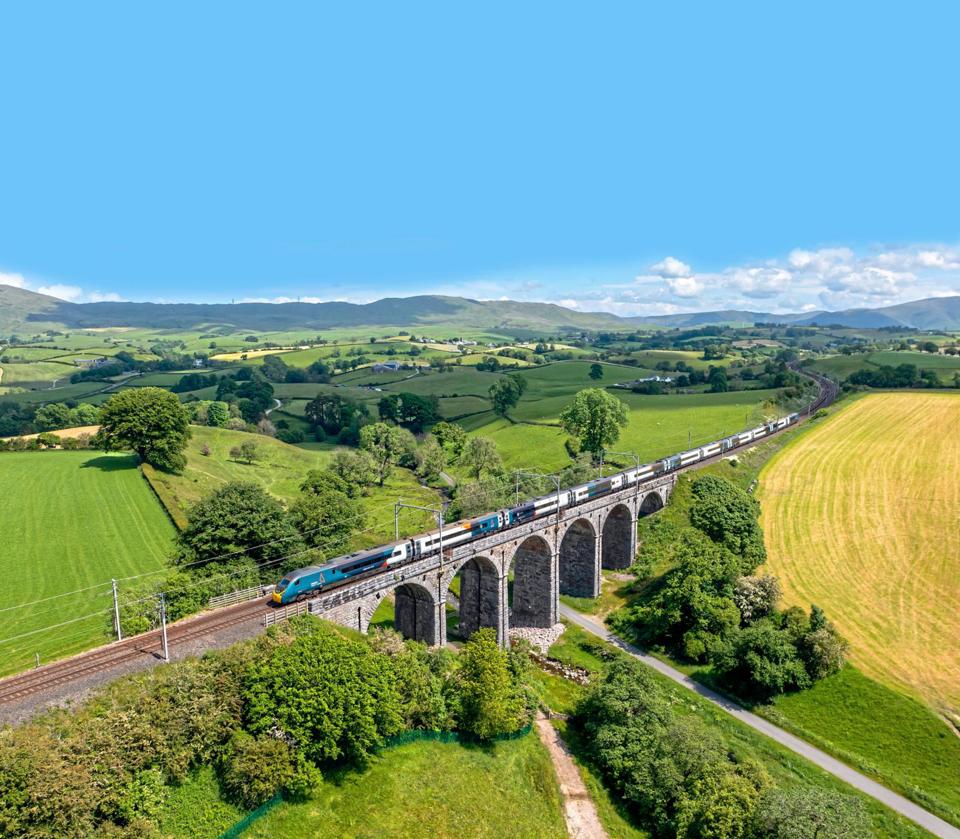

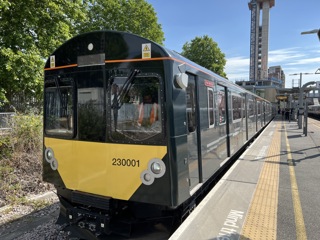
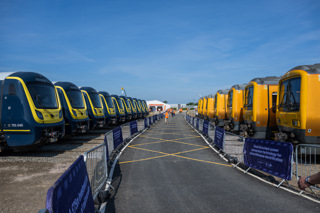
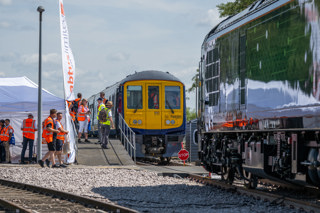
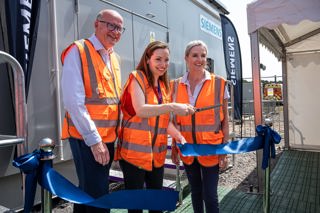
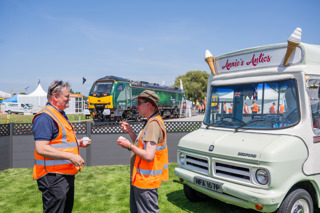











Login to comment
Comments
No comments have been made yet.